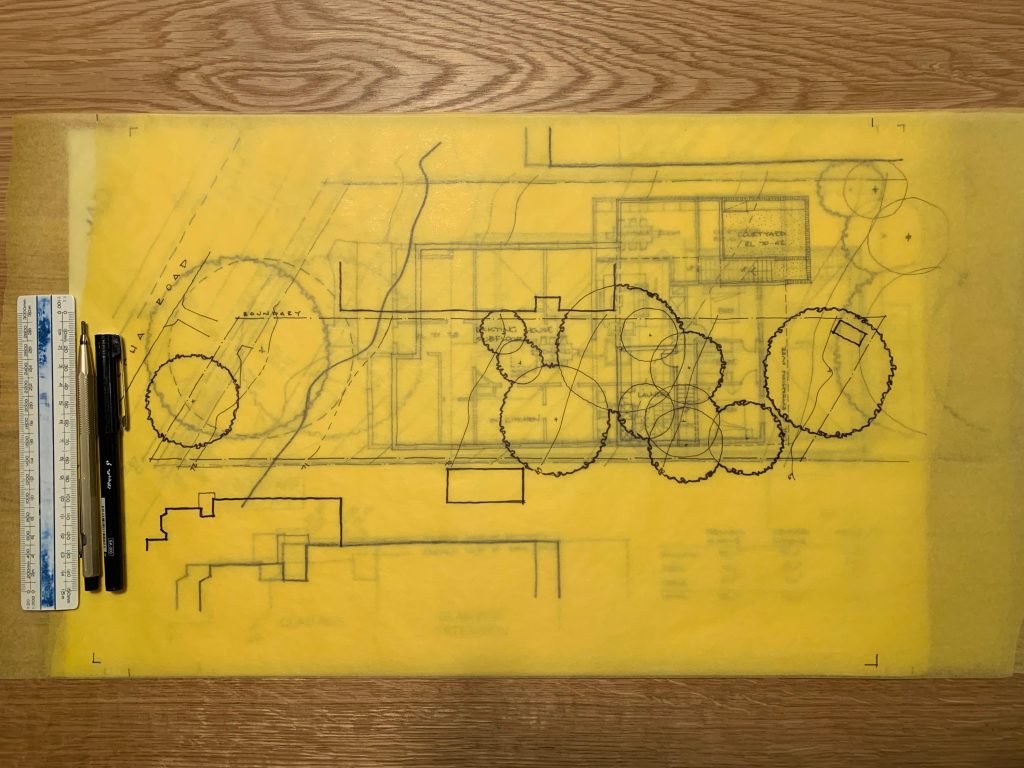
With so many things to consider and decisions to be made, where do you begin?
It may seem obvious but before you can even think about where your new home is, what inclusions it should have or what it should look like, you need to have a clear position on the budget for your new home especially, if like most, you require a bank loan of some form. The same applies to refurbishment or alteration and additions projects. Imagine you were going to an auction, you would have in mind the price you are able to spend and often a ‘whatever you do don’t go higher then…’ number too!
Issues often arise when financial decisions made during the process of selecting or designing a home are made without considering your overall project budget, and methods of managing your budget such as contingencies for unexpected challenges you may face along the way are not factored in. You also need to identify and allow for costs that you will need to pay along the way such as Council and authority taxes and levies, professional services fees and services connection costs. The adage ‘if you fail to plan, you plan to fail’ applies here.
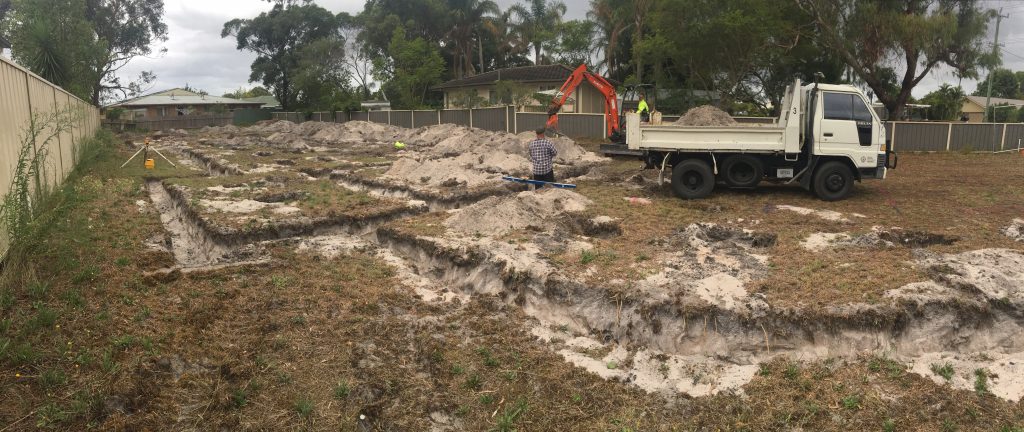
Site preparation and in ground structure and services can often be the source of additional costs.
If you are looking to move to a new location and with funding and budget in place, you need to invest time into finding a site or existing house in a community that you feel comfortable in, close to essentials such as transport, schools, shops and others. This time is a great opportunity to think outside the box and look outside the areas you may have already considered for hidden gems or ‘up and coming’ areas.
Once you start to think about the house itself you need to take the time to understand what is important to you and your family and how these should inform the planning principles of your home. This will help you list out your ‘must have’ items in designing your home or researching relevant house packages and plans that appeal to you if you are buying off the plan. If you are seeking to custom design your home, speaking with an architect before engaging them is important to establish if you feel you can establish a trusting working relationship in designing your home, as in investigating different house builders and the quality of their work if you are looking at home packages.
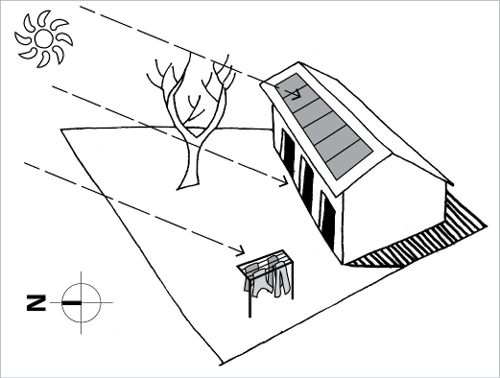
Early planning of orientation for your home can lead to significant improvements in healthy living conditions and reductions in the cost to run your home.
Source: Sustainable Energy Authority Victoria
But the journey of planning and designing your home does not finish here, there remains many aspects of your project that you should pay attention to in order to get the most enjoyment and financial returns from your property beyond simply selecting the finishes and fixtures for your home.
Can you identify the orientation of your property and is it designed to allow sunlight into your home during the cooler months but keep it out during summer, providing natural light year round? In addition to reducing your household energy consumption and utility bills, scientific research shows that your body is more comfortable, less stressed, is more attentive and has a reduced risk of illness in these environments.
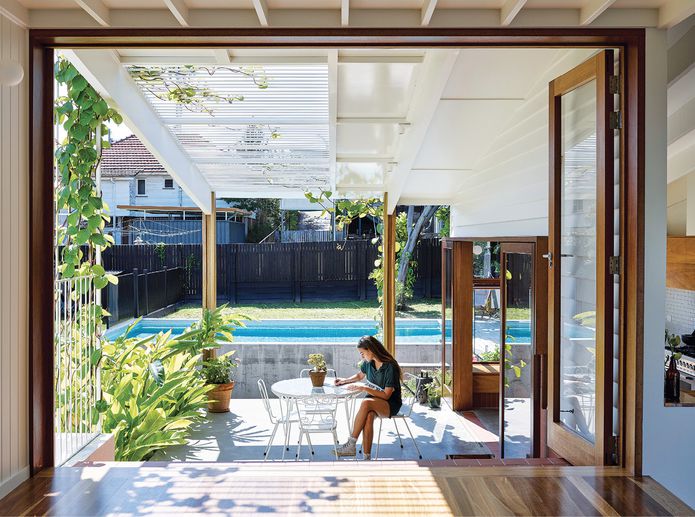
Camp Hill House by Twohill and James
Has your home been designed to breathe? Throughout the day your indoor environment is affected by elements such as temperature, odours and micro particles such as dust and pollen. The ability to open up your home and encourage ventilation to remove these elements is very important in maintaining healthy levels of indoor air quality. Whilst air conditioning can perform some of this task, not only does it cost more than opening some windows but it relies on recycling large amounts of internal air which means that to run efficiently it is recirculating the same stale air rather than replacing it with fresh air.
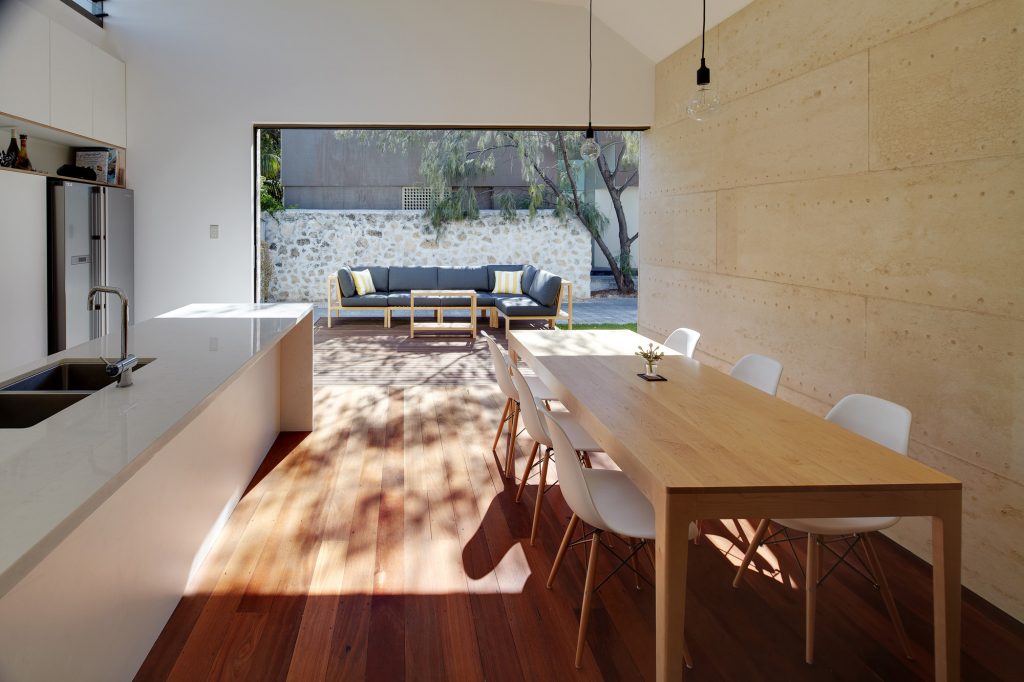
Fremantle Additions by Jonathon Lake Architects
Is your house insulated? Where? With what, and what for? Again the comfort and running costs of a home are often heavily affected by the thermal and acoustic insulation that is installed within the walls and ceilings of your home, areas that are often not seen once the building work is completed.
We look forward to investigating these topics and others in more detail throughout this series. Importantly if you have any topics you would like us to explore please leave a comment in the form below, we look forward to speaking with you soon.